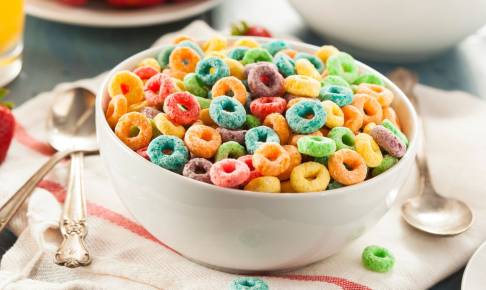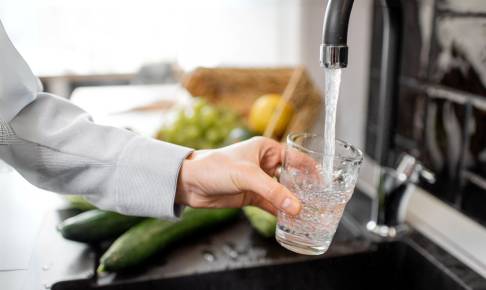Nanoplastics: new research finds up to 100 times more plastic particles in bottled water than previously estimated
A recent study conducted by scientists at Columbia University has shed light on the extent of micro- and nanoplastic contamination in bottled water, indicating that a single liter may contain up to 370 000 plastic particles. The study, conducted using water samples from the United States, suggests that this issue is likely prevalent in other countries as well.
The study's findings have raised concerns about human health, as these plastic particles can potentially reach various organs in the body once ingested. Of particular concern are nanoplastics, the smallest particles measuring less than 1 micrometer. According to Beizhan Yan, a researcher at Columbia University, nanoplastics can easily penetrate the intestinal lining, placenta, and even the blood-brain barrier.
Yan and his team developed an innovative technique utilizing lasers that vibrate upon contact with plastic fragments to identify nanoplastics in water bottles. They analyzed six 1-liter water bottles sourced from US supermarkets.
The results of the study were alarming, revealing between 110 000 and 370 000 plastic particles per liter of water, up to 100 times higher than previous estimates.
The lasers helped identify the types of plastic present, with 90% of the particles found to be nanoplastics. However, only 10% of these particles were successfully identified, and they were fragments of polyethylene terephthalate (PET), the material commonly used for making water bottles.
In response to the concerns raised by the study, the International Bottled Water Association emphasized the absence of standardized methods for measuring nanoplastics and stated that there is no scientific consensus regarding the potential health impacts of these particles.
The scientists involved in the study aim to refine their technique to identify more nanoplastics in water in the future. Their research contributes to raising awareness and may lead to actions to mitigate the impact of microplastics on human health.
While the research focused on US water bottles, scientists highlight the possibility of similar levels of nanoplastics in water bottles from other countries. Further studies and investigations are necessary to confirm these findings.
Source:
PNAS
https://www.pnas.org/doi/10.1073/pnas.2300582121#sec-6






















